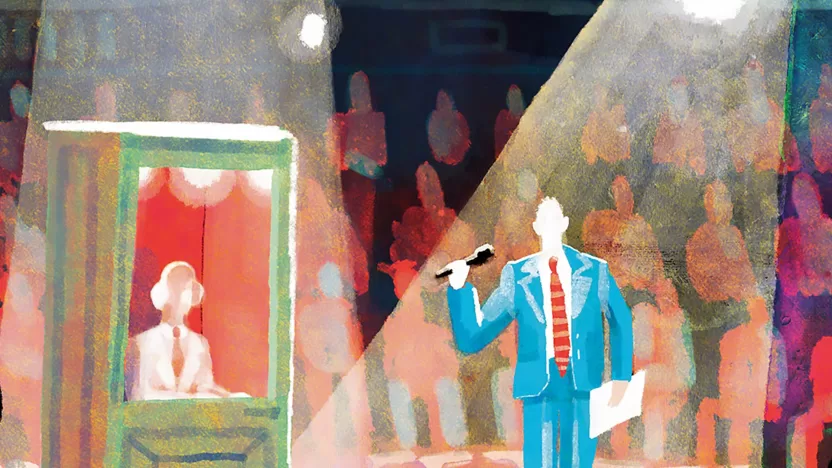Our print on film
From “Blade Runner” to “Memento.” Seven movies that explore the representation of human identity
by Francesca Alloatti
Illustrations by Francesca Ragazzi
Be it through words, painting, or music, art has always been able to represent the hidden corners and the brightest sides of human identity. But only since the arrival of movies has the portrait of a character been able to move through space, act on others, and build its own story. The depictions of human identity on film become universal reference points in the narration of who we are and who we want to be.

Persona
Directed by Ingmar Bergman, 1966
Two women find themselves alone in a beach house. Elisabet is an actress who has suddenly stopped speaking on stage, while Alma is a nurse who takes care of her. The sound vacuum left by Elisabet is filled with Alma’s talk: during their stay, Alma confides to Elisabet more and more details about her personal life. Alma has had an abortion, while Elisabet regrets becoming a mother. The two women begin to blend into each other, their faces merging into one. The duality of the two women, their words, and silence combine into a single shot. When the two actresses were shown that frame, neither one recognized that half of that face was her own: they both thought it was a picture of the other.
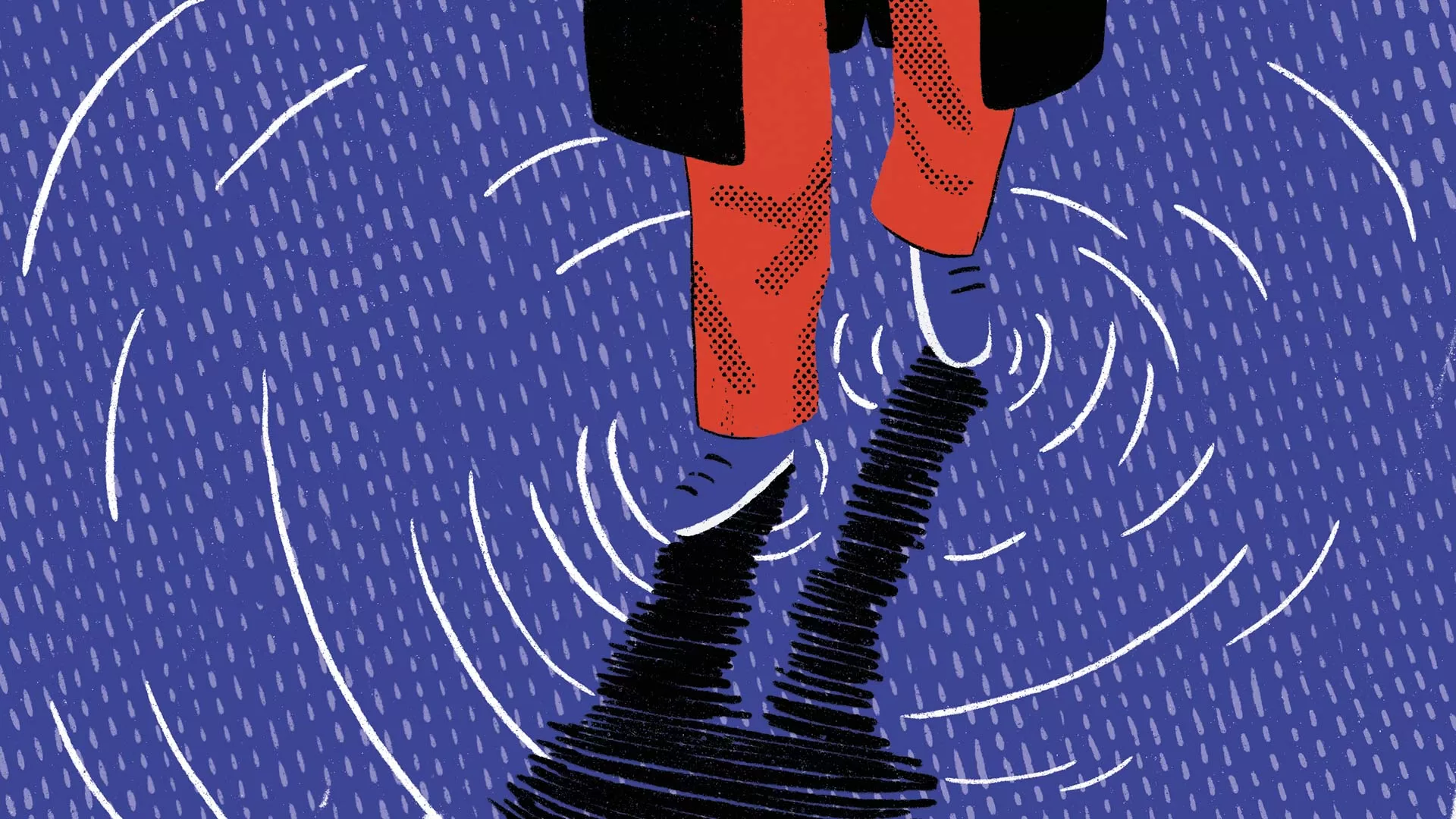
Blade Runner
Directed by Ridley Scott, 1982
Nowadays, we talk a lot about Artificial Intelligence. The term “artificial” is in direct contrast with “natural”: “Natural” Intelligence is that of humans. Blade Runner challenges the notion of natural and artificial. Whether replicants are to be considered “inferior to humans” simply because of their original artificial nature becomes increasingly controversial throughout the movie. In fact, the replicants display more empathy and willingness to survive than any other. So, what makes them different? What constitutes true human identity? Once again, the answer may be our ability to build ourselves through our memories. We make ourselves human by collecting the events relevant to us and our species, and then we build them into a story: we do so to preserve those moments and prevent them from being lost like tears in the rain.

Fight Club
Directed by David Fincher, 1999
What to do when everyday life becomes a prison? Trapped in the endless, circular neurosis of work-travel-watching TV from the couch, the protagonist of Fight Club only manages to free himself when he meets Tyler Durden. Who, however, is none other than himself. His “negative” copy embodies everything that has not found a place in the protagonist’s daily identity, and his goal is clear: to destroy the prison from which it all began. Violence is the trigger that allows the protagonist to separate himself from Durden and destroy the symbols of his capitalistic lockup by bombing credit institutions. Violence is also what brings the two men together in one body: killing the other is killing his own part that created him.
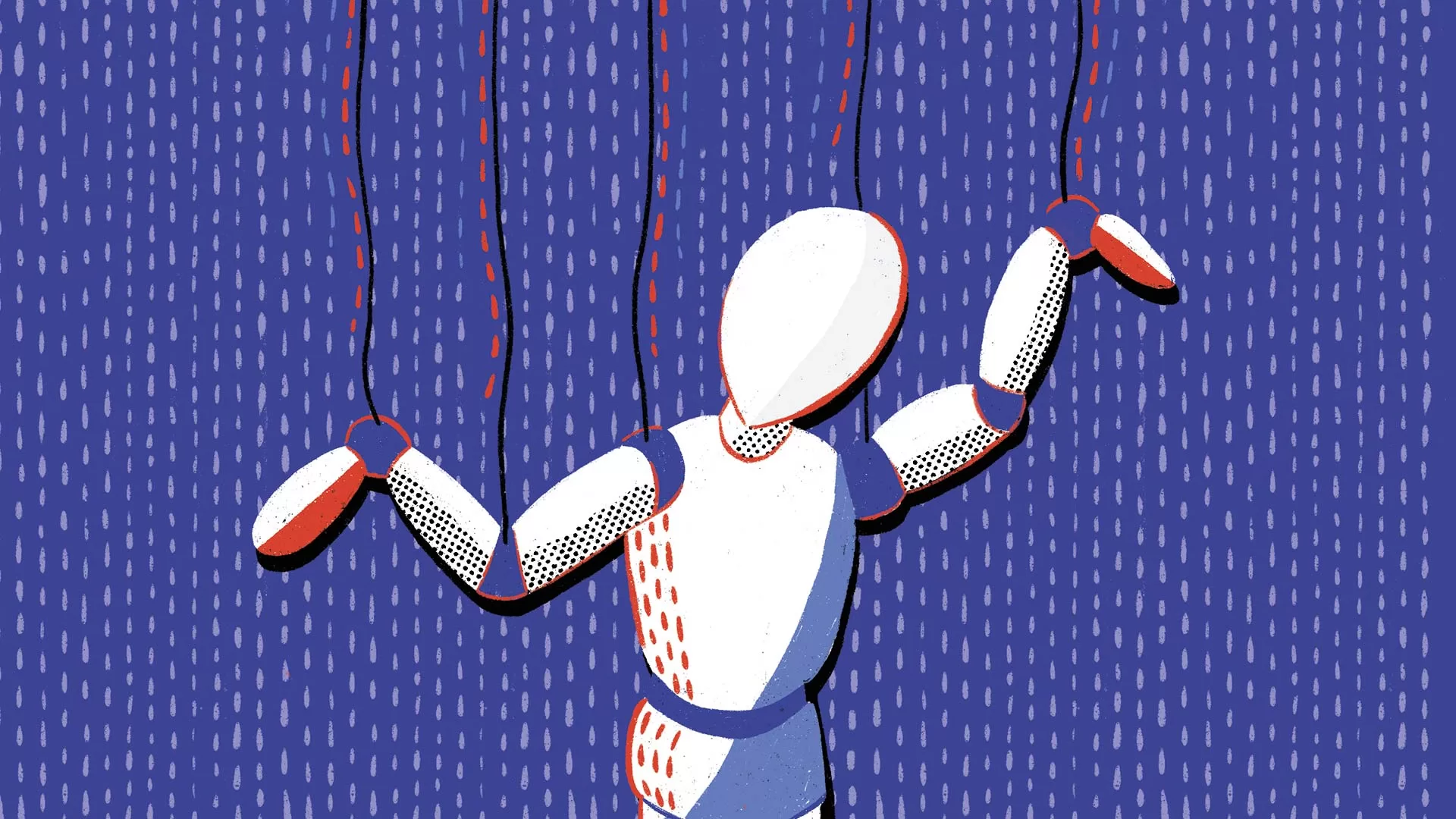
Being John Malkovich
Directed by Spike Jonze, 1999
Not all films on the topic of identity must be dramatic. Sometimes, they are just absurdly funny and full of surreal surprises. Such is the case with Being John Malkovich, Spike Jonze’s first feature film. Throughout the movie, several people take turns within Malkovich’s consciousness, taking control of it like a puppet. This is accomplished by passing through a hole discovered by the puppeteer Craig. The tunnel that leads to Malkovich’s mind is nothing more than a way to achieve immortality: by taking control of someone else’s identity, it is possible to exploit their new body and thus escape death. Craig’s evil plan backfires when he accidentally slips into the consciousness of his ex-lover’s child and is forced to stay there forever, watching his ex-lover live happily ever after… with his ex-wife. It’s complicated, we know.
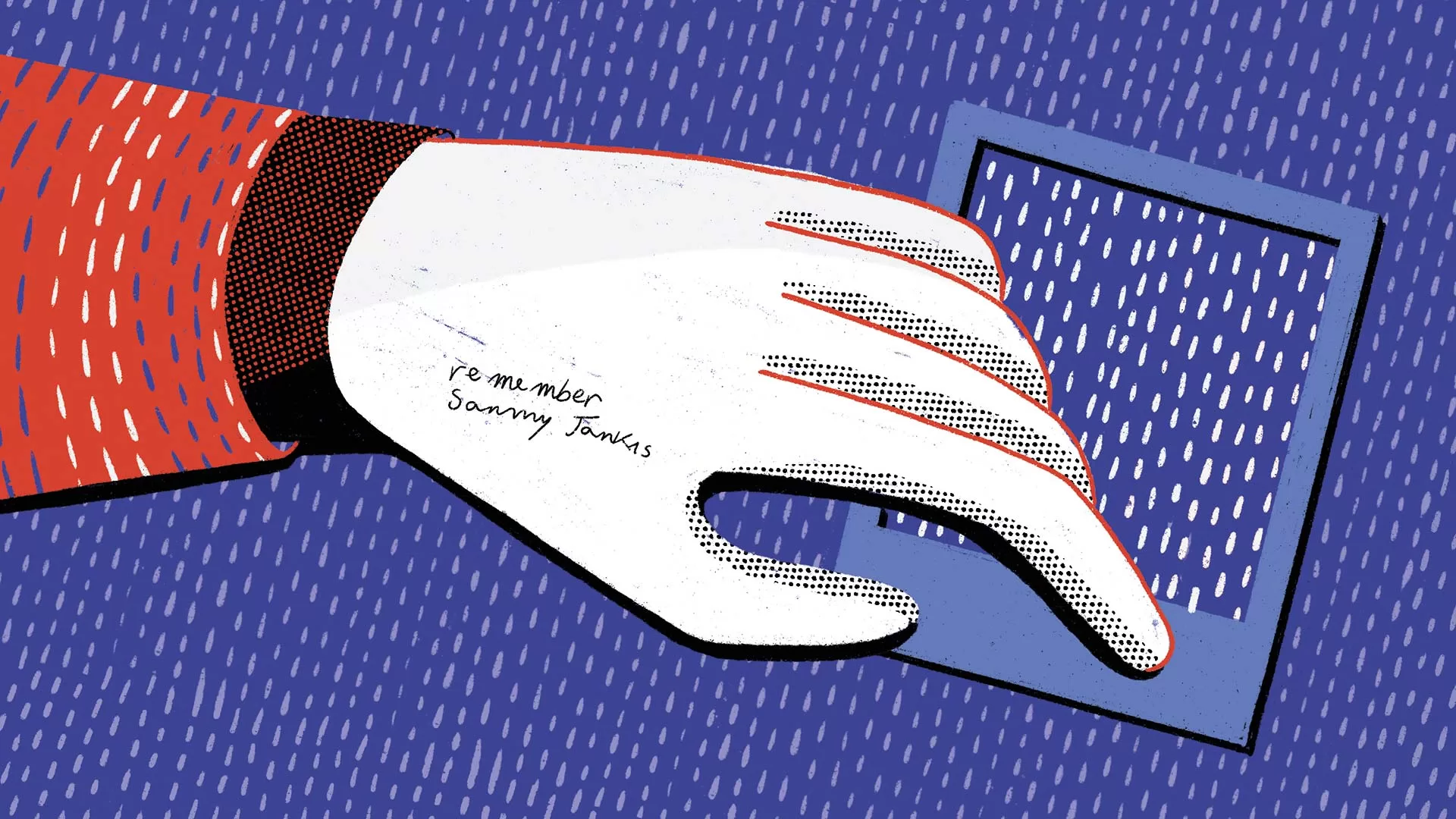
Memento
Directed by Christopher Nolan, 2000
After sustaining a head injury while confronting his wife’s killer, Leonard suffers from amnesia and can’t store new memories. Since he is destined to forget everything that happened in the last ten minutes of his life, he develops a method to keep track of information using physical means such as post-its, Polaroid photos, and tattoos, to retain the inevitable void of information. Leonard can only rely on these (supposed) fragments of truth to remember who he is, interpret the reality around him, and act upon it in his quest to find who murdered his wife. Through brilliant editing, the movie shines an unforgiving light on the fundamental role that memories play in the construction of the self and the meaning of our actions.
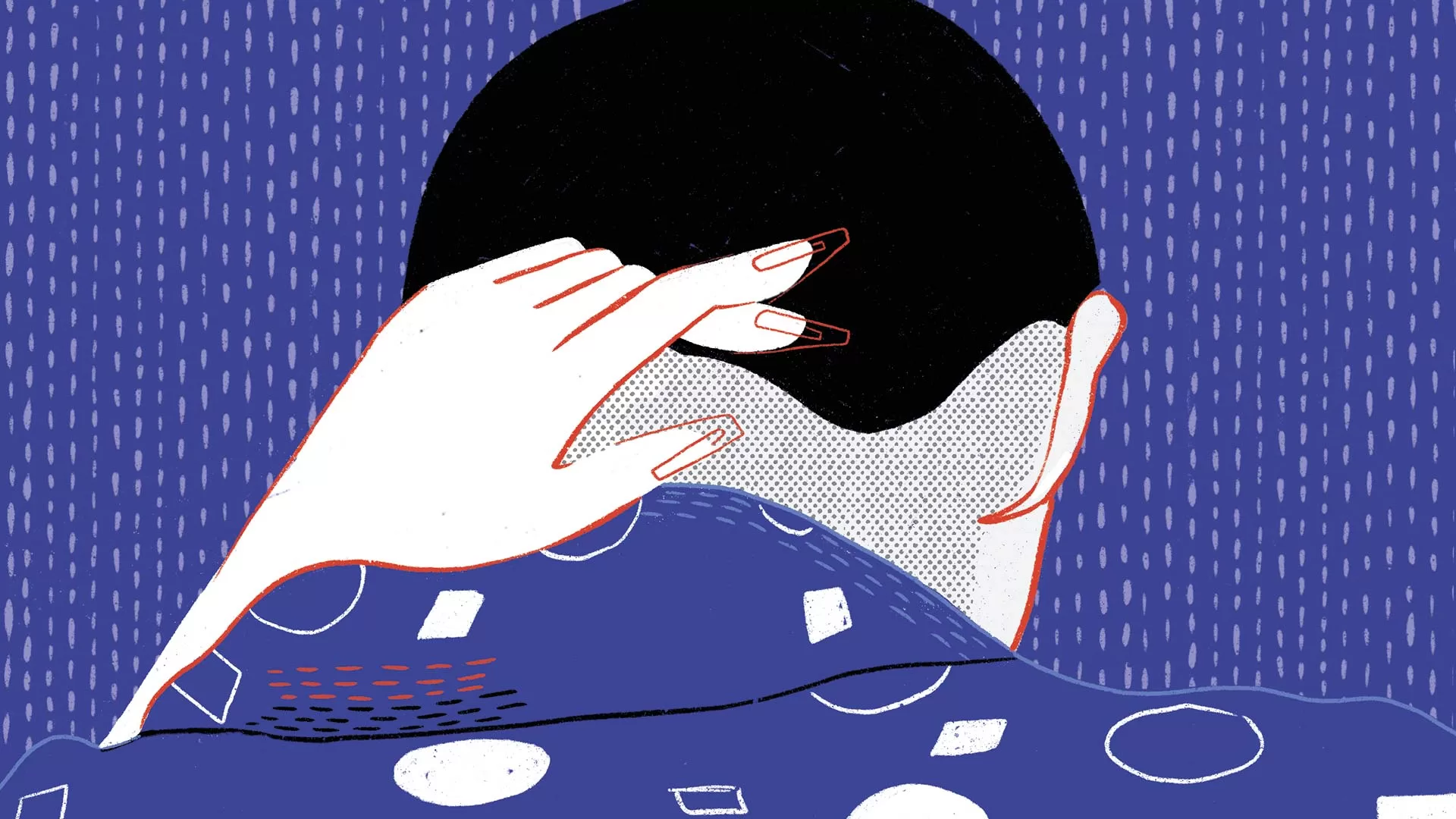
Laurence Anyways
Directed by Xavier Dolan, 2012
To be a teacher and a poet. An only child of an unhappy couple and a colleague. To love women, Frédérique in particular. And to be a woman. All of this is part of who Laurence is — or wants to be. The construction of her new female identity clashes with the struggles of Fréd, who, despite being the one that loves him like no other, is unable to accept that she can no longer have the man she has always loved by her side. Fréd and Laurence break up only to find themselves again at a later date, but the change in action cannot revert time. Like two paths parting, Laurence’s transition brings the protagonist closer to her true self but draws an irreversible breach between her and Fréd. With one last glance, they silently run away from each other for the last time.
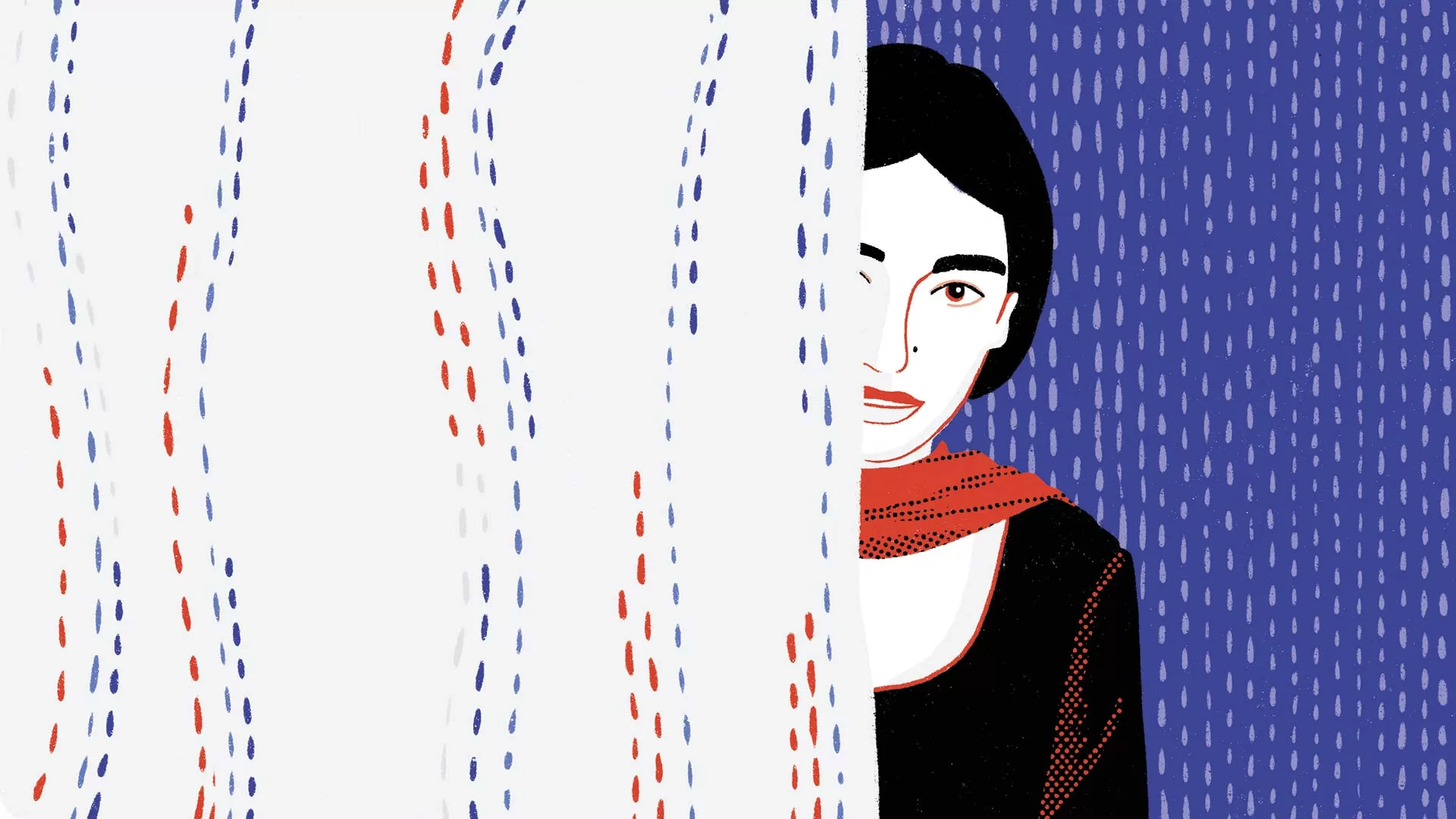
What Will People Say
Directed by Iram Haq, 2017
Nisha embodies two identities: at school, with her friends and boyfriend, she is a typical Norwegian girl who goes to parties and drinks. At home, she is the daughter of a traditional Pakistani Muslim family. The clash between the two cultures takes place around her but also in her own body: first, her father tries to get her to marry her western boyfriend. Then, failing, he physically deports her to Pakistan, where he entrusts her to his family. And when Nisha becomes attached to her cousin Amir, her again becomes the target of humiliation. Back in Norway, Nisha does her best to behave according to family rules. But, once again, she finds herself trapped between the inconsistencies of the two cultural systems. This time, there is only one solution that even her father accepts: to escape.
